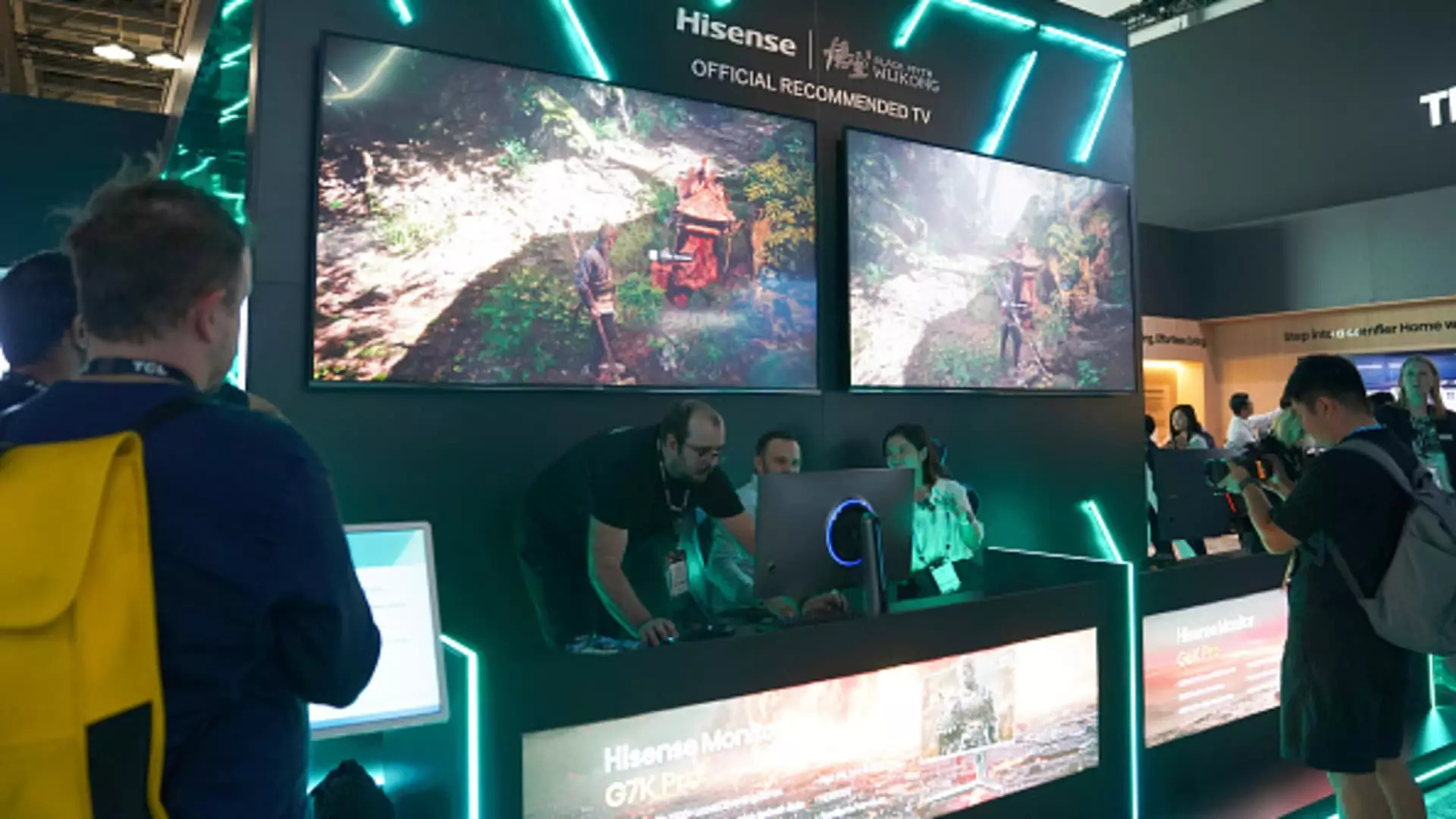Hisense, a prominent Chinese home appliance manufacturer, is setting its sights on achieving a remarkable milestone: becoming the number one television seller in the United States within the next two years. In a revealing interview with CNBC, Catherine Fang, the president of Hisense International, articulated this goal alongside the company’s broader strategy to enhance its brand presence in the lucrative U.S. market. This ambition is further underscored by Hisense’s recent partnership with FIFA as an official sponsor of the FIFA Club World Cup, an event slated to take place in Miami in June 2025.
By associating with globally recognized events like the FIFA Club World Cup, Hisense aims to elevate its brand perception as a premium option in the competitive landscape of consumer electronics. Fang highlighted the potential of sports sponsorships to not only reach a wider audience but also to transform public perception of their products. These partnerships could significantly influence market demographics, especially as sports remain a pivotal aspect of American culture, making them an effective vehicle for marketing and brand recognition.
Technological Advancement as a Competitive Edge
In a rapidly evolving market characterized by technological innovation, Hisense is differentiating itself through the integration of advanced features in its television lineup. The company’s latest models are equipped with proprietary artificial intelligence chips, promising enhanced image rendering capabilities. Furthermore, plans to leverage artificial intelligence for audio enhancements, as well as real-time athlete statistics accessible via voice commands, signify Hisense’s commitment to staying ahead of technological trends. However, the company has yet to clarify the availability of these innovative features in its U.S. offerings, raising questions about market readiness.
Market Position and Competitive Challenges
Data from research firm Counterpoint indicates that Hisense is already making significant inroads, having been ranked as the second-largest TV seller in North America during the second quarter, trailing only Samsung. As the competition intensifies, especially from other Chinese brands like TCL, Hisense is keenly aware of the need to fortify its advanced television portfolio, particularly in emerging segments like QD-LCD and Mini LED technology. This diversification strategy reflects a broader industry trend where brands are investing in next-generation technologies to capture the attention of tech-savvy consumers.
Hisense’s ambitions extend beyond the realm of televisions. Fang revealed the company’s strategy to dominate the North American market for home appliances—often referred to as white goods—within a similar timeframe. Given that nearly half of Hisense’s revenue is generated from international markets, with a significant portion deriving from North America, the company’s global ambitions are rooted in decades of strategic planning and market development.
As Hisense endeavors to carve a niche in the competitive landscape of U.S. consumer electronics, its focus on sponsorships, technological innovations, and comprehensive market strategies will be pivotal to realizing its ambitious objectives over the next two years. The landscape for electronic appliances is changing rapidly, and companies that can adapt swiftly will be the ones that thrive.

